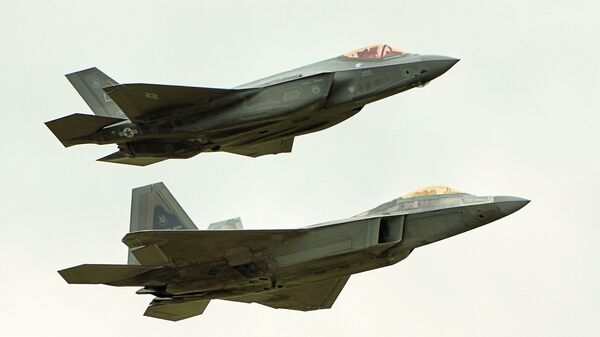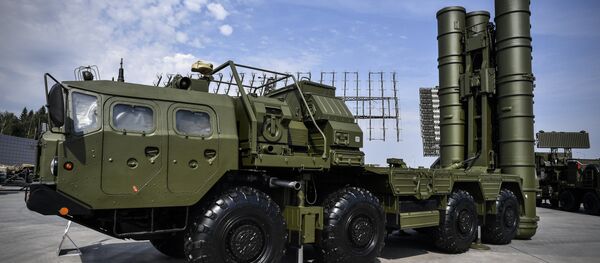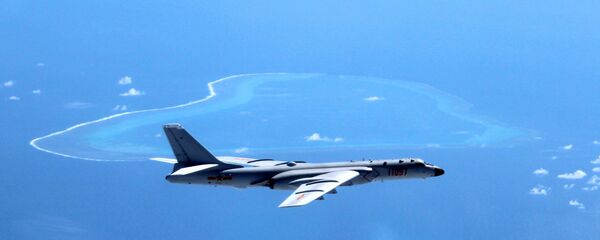The lead researcher on a maritime radar team who developed the radar system, Liu Yongtan of the Chinese Academy of Sciences and Chinese Academy of Engineering, told Naval and Merchant Ships magazine in an interview last month that their high-frequency surface wave radar (HFSWR) can detect stealth aircraft over the horizon and under any weather conditions.
It’s actually not a new type of radar at all, but among the oldest that exist. However, militaries abandoned them in the 1950s as airborne early warning and control system (AWACS) radar became more popular and scientists struggled to overcome the shortcomings of HFSWR, which includes high signal-to-noise ratio and low system mobility.
However, Liu claims to have overcome all that.
Because modern stealth aircraft, like the US’ F-35 and F-22, or China’s J-20 and J-31, were designed to hide from the predominantly-used microwave radar systems, they have zero protection from long-wave radars, he told Naval and Merchant Ships, according to the Global Times. That same property also protects the radar stations from anti-radiation missiles, which are designed to home in on radar emissions and destroy them.
The system differs from a normal radar in that instead of emitting microwaves and waiting to hear the echo off other objects, the HFSWR uses huge, meter-long waves. Because of a property of waves called diffraction, these long waves don’t travel in straight lines, but follow the curvature of the Earth’s surface, making them much more useful for detecting objects over the horizon.
To give you an idea of the limits of AWACS, a radar mounted on top of a 33-foot high post (10 meters) has a view to the horizon 8.1 miles away - that’s why militaries started using AWACS aircraft like the E-3 Sentry and Beriev A-50: a radar high in the sky will have a much longer distance to the horizon.
However, HFSWR can, at present, only be operated from ground stations, where the systems can take up huge amounts of space with their receiving antennae, due to the large wavelengths and long distances they travel.
A major shortcoming that’s been overcome is that old HFSWR can only tell an object’s general direction and not its precise location. Wei Dongxu, a Beijing-based military analyst, told the Global Times they overcame that “by designing the world's first practical meter wave sparse array synthetic impulse and aperture radar.” In effect, it uses a bunch of HFSWR systems to triangulate where the object is.
However, Shi Lao, a Shanghai-based military commentator, told the South China Morning Post the new system could provide China with a low-cost coastal monitoring system that’s effective out to 250 miles. Teamed up with other kinds of radar, it could be a devastatingly effective deterrent to airborne or seaborne aggressors.
The Global Times reported the system was being touted as the "country's first line of defense."
The 83-year-old Liu received the State Pre-eminent Science and Technology Award, China’s highest scientific honor, along with an 8 million yuan ($1.17 million) prize in January for his work in developing the system, SCMP reported.
Liu’s new radar could put a damper on the Pentagon’s plans to use the F-35 as a “quarterback” governing US deep penetration airstrikes during the opening stages of a war with China.
US Air Force Chief of Staff General David Goldfein elaborated on that approach during a February talk at the Brookings Institution, a Washington, DC policy think tank, Sputnik reported.
“If a China or a Russia or another adversary on the globe ever were to see an F-35 inside their airspace," Goldfein said, "I would love to send them all messages with two words - ‘we're here.'"
"It's not ‘I'm here,'" he said. "An F-35 will never be alone."
It looks like now Beijing won’t need to be told the Joint Strike Fighter is around.






